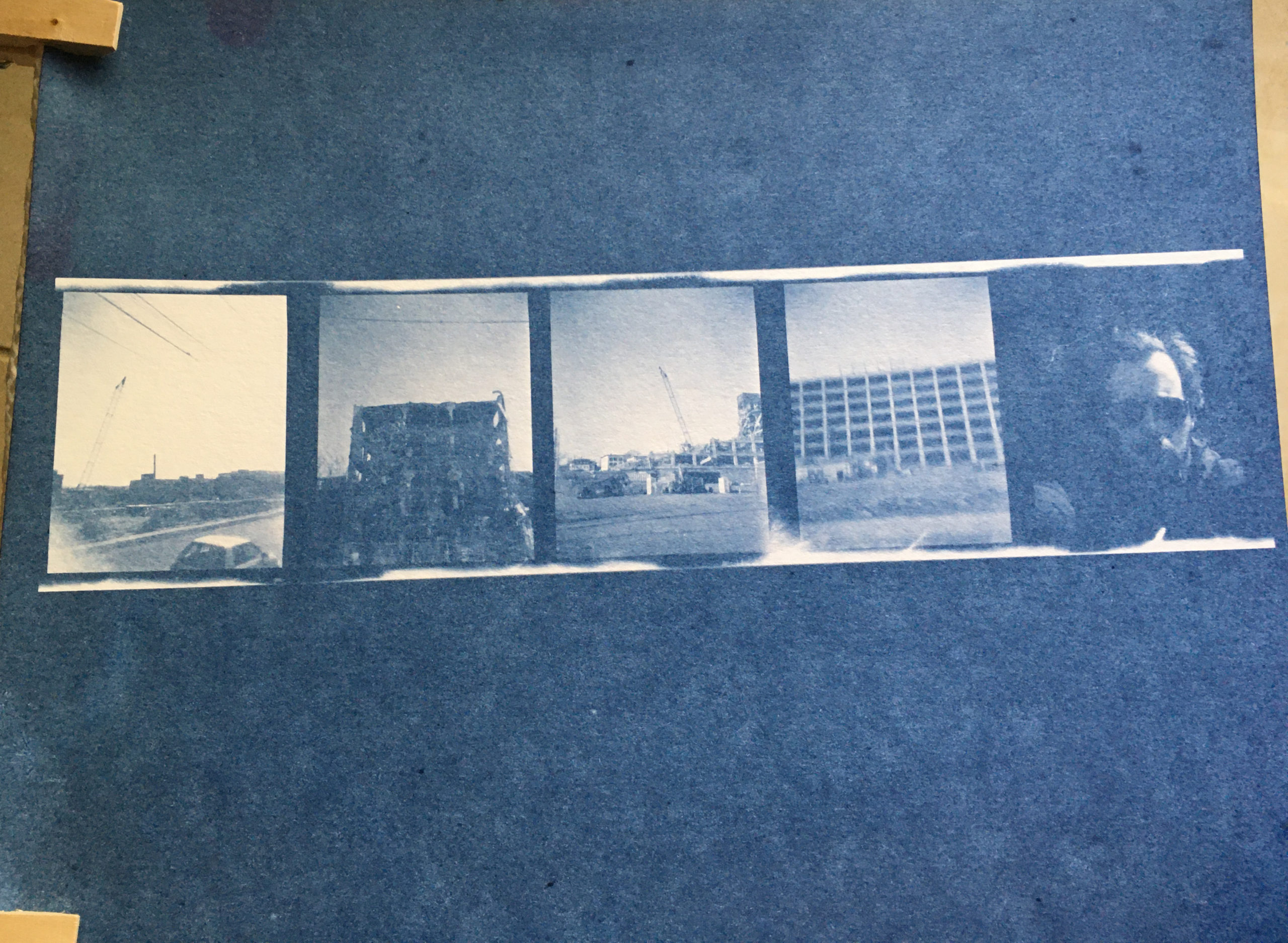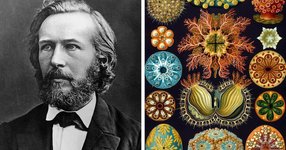Britton Clark
@clarkba
Britton Clark
@clarkba

The Cyanotype process, also known as blueprints, is a non-silver, non-gelatin process that was introduced by Sir John Herschel in 1842. Herschel’s process came out a few years after the introduction of Louis Jacques Mandé Daguerre’s Daguerreotype process of 1839.
Early field biologists such as Anna Atkins used Herschel’s process for indexing and documenting plant specimens. The Cyanotype process didn’t become popular until the 1880’s and this can be attributed to two technological advancements: the gelatin dry plate glass negative first offered for sale in 1879 and George Eastman’s introduction of flexible film that came on a roll, a Kodak camera first introduced in 1888 which came loaded with 100 exposures, the ease of having film developed by Kodak and great marketing that led to the rise in affordable photography for the masses.
Examples of Cyanotype contact prints from roll film can be found as standalone prints as well as being mounted in photo albums or scrapbooks. Photographers using gelatin dry plate negatives also made use of having the capability to contact print from a camera negative and more. The process was also used to copy drawings from original tracings, think architectural blueprints.
The Spiritual Meaning of a Broken Foot



Good artist = identity-based; depends heavily on perception and reputation.
Good art = outcome-based; still subjective, but more tethered to the work itself.